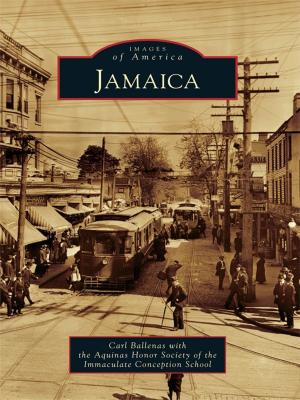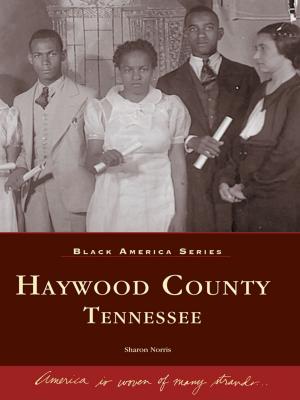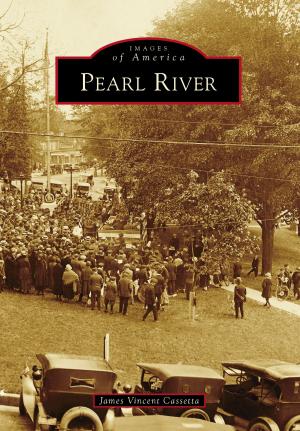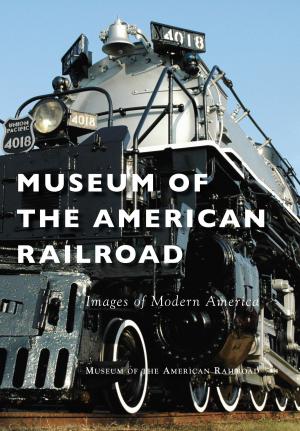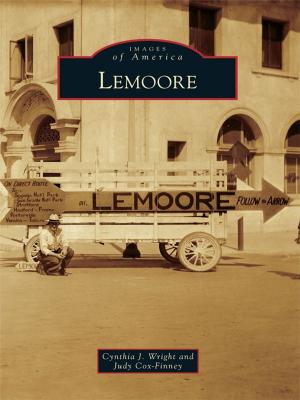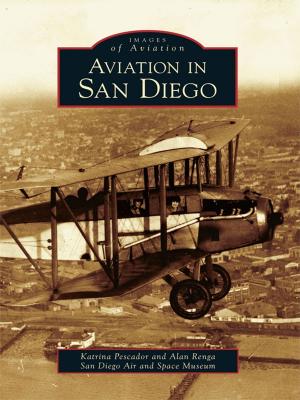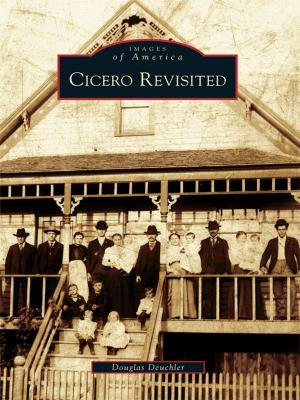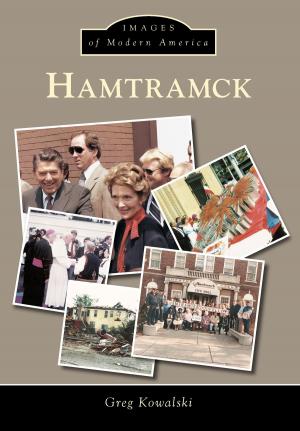| Author: | Linda Marean Casey, Grafton Historical Society | ISBN: | 9781439656075 |
| Publisher: | Arcadia Publishing Inc. | Publication: | May 2, 2016 |
| Imprint: | Arcadia Publishing | Language: | English |
| Author: | Linda Marean Casey, Grafton Historical Society |
| ISBN: | 9781439656075 |
| Publisher: | Arcadia Publishing Inc. |
| Publication: | May 2, 2016 |
| Imprint: | Arcadia Publishing |
| Language: | English |
Nestled in the hills 38 miles west of Boston, the area that would become Grafton originally belonged to the Nipmuc Indians. In the mid-1600s, John Eliot, a Puritan missionary, traveled throughout Massachusetts converting the natives to Christianity. He created a series of "praying Indian" villages, including Hassanamesit. In 1728, most of Hassanamesit was purchased by a group of investors, and in 1735 it was incorporated as the town of Grafton. By the early 19th century, Grafton was a national leader in leather tanning and shoe production. Textile mills appeared along the rivers, attracting emigrant workers from Canada and Europe. Three geographic areas evolved, each with its own identity: Grafton Center, North Grafton, and South Grafton. Today, residents celebrate the differences and salute the forces that brought them together to form one united town. Grafton is the birthplace of the famous Willard clock makers--Simon, Benjamin, Ephraim, and Aaron--whose home and clock shop are now the Willard House and Clock Museum. Grafton is the birthplace of Robert Bailey Thomas, the founder, editor, and publisher of the Old Farmer's Almanac. Native Jerome Wheelock invented a steam valve system, revolutionizing transportation worldwide. Grafton is also the childhood home of noted American poet Frank O'Hara.
Nestled in the hills 38 miles west of Boston, the area that would become Grafton originally belonged to the Nipmuc Indians. In the mid-1600s, John Eliot, a Puritan missionary, traveled throughout Massachusetts converting the natives to Christianity. He created a series of "praying Indian" villages, including Hassanamesit. In 1728, most of Hassanamesit was purchased by a group of investors, and in 1735 it was incorporated as the town of Grafton. By the early 19th century, Grafton was a national leader in leather tanning and shoe production. Textile mills appeared along the rivers, attracting emigrant workers from Canada and Europe. Three geographic areas evolved, each with its own identity: Grafton Center, North Grafton, and South Grafton. Today, residents celebrate the differences and salute the forces that brought them together to form one united town. Grafton is the birthplace of the famous Willard clock makers--Simon, Benjamin, Ephraim, and Aaron--whose home and clock shop are now the Willard House and Clock Museum. Grafton is the birthplace of Robert Bailey Thomas, the founder, editor, and publisher of the Old Farmer's Almanac. Native Jerome Wheelock invented a steam valve system, revolutionizing transportation worldwide. Grafton is also the childhood home of noted American poet Frank O'Hara.

